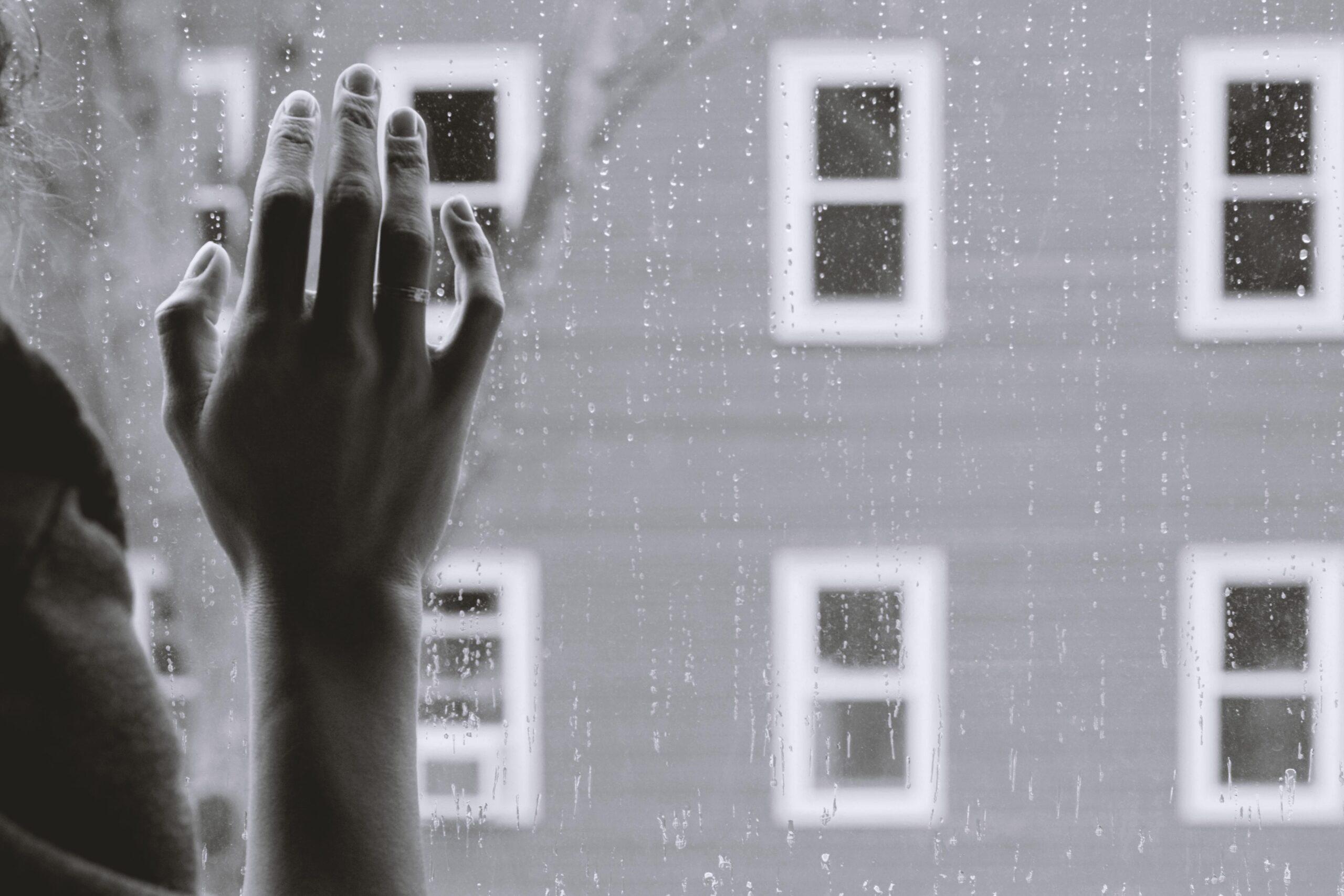Wheatsheaf old glossop | Uncategorized
Get Outside
Research shows that regular physical exercise, especially outside, heightens mood-boosting brain chemicals that banish the winter blues. It’s also linked to a reduction in stress and anxiety, which can contribute to SAD symptoms.
To combat SAD, try to get out during daylight hours as often as possible. Even if it’s cloudy, exposure to sunlight can help, says Rosenthal.
Exercise
A combination of exercise and exposure to bright light can help you beat seasonal affective disorder, or SAD. Outdoor exercise is best, but if you can’t go out, you can still benefit from a treadmill or an elliptical machine set close to a window at home or at the gym.
In addition to boosting mood, regular physical activity can help reduce stress, boost energy and improve brain function. It also reduces the risk of chronic diseases and improves bone health.
Sleep
Getting plenty of sleep is a must for any healthy person, but it’s especially important during the winter when your body clock might be out of sync. Aim for at least 6 to 8 hours of sleep a night and avoid naps during the day if you can help it.
Professional Help
If you’re struggling to cope with seasonal affective disorder, don’t be afraid to seek professional help. Talk to your GP about your symptoms and get advice on the best treatment options for you.
The symptoms of SAD can vary from person to person, but some of the common ones include fatigue, pervasive sadness, weight gain, and suicidal thoughts.

